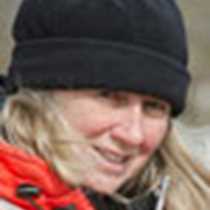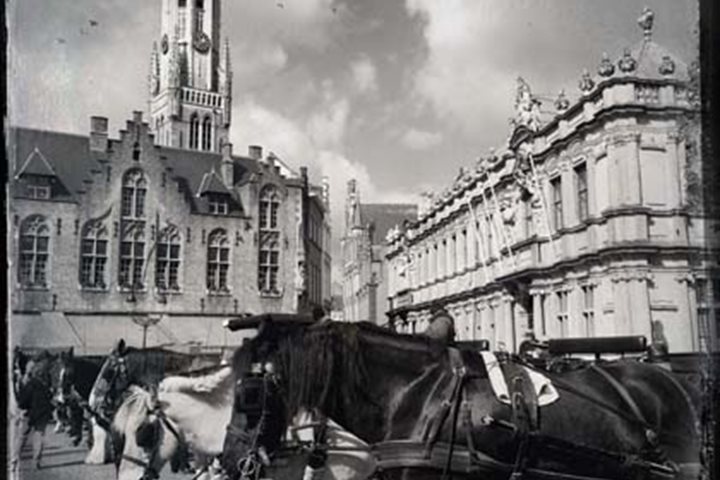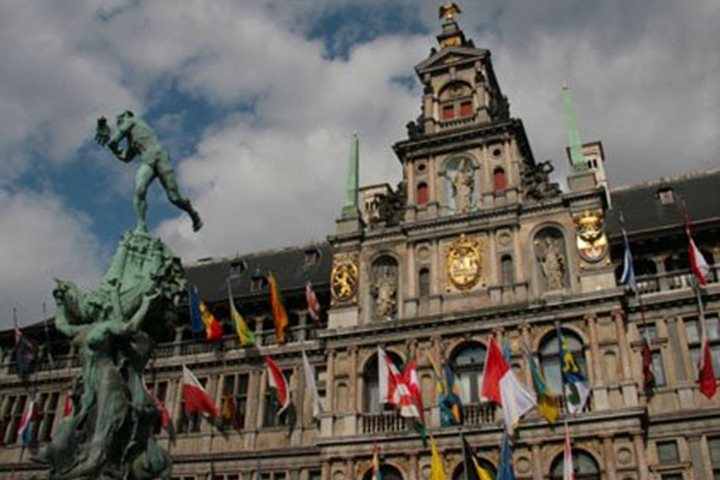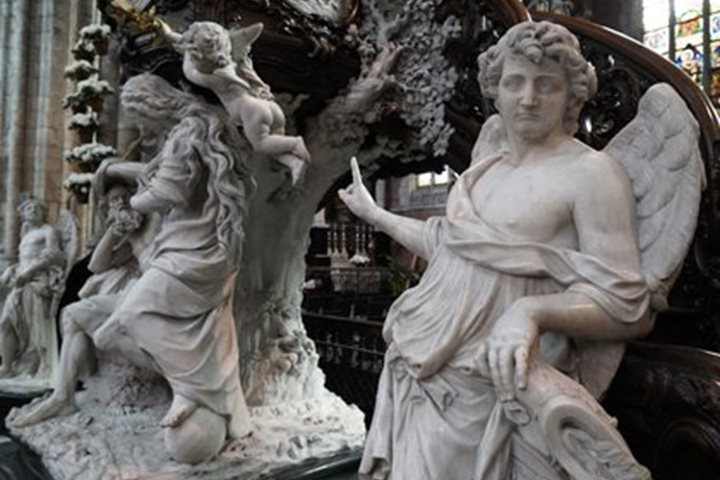Amazing times are to be had when one leaves the beaten track and ventures further afield. Few itineraries lead one down a trail slipping between the mud flats of the Waddenzee, following narrow and winding channels where most large vessels fear to go. It is quite possible only a minority outside of the European World realize that a treasure nestles here at the edge of the sea.
One wonders how a huge intertidal system can exist appearing undisturbed and yet so touched by the hand of man. They say “God created the earth but the Dutch created Holland” and in a sense that may be so but where we were today, nature and man seem to cooperate well with each other.
Barrier islands are special. The sands move with the tides and the winds. Plucked from far lands, rocky fragments find their way down tumbling grades or hop and jump through slow meanders. Slapped by the opposing sea and pulsing tides they find shelter in eddies until they are worn away again in a never-ending cycle where islands appear to “march” from one place to another.
Texel is the westernmost in an island chain that extends from Denmark to The Netherlands. Once nothing more than a glacial moraine behind which sand dunes grew, it is now an inviting blend of wildlife habitats and agricultural land. The harbor town of Oudeschilde was our gateway to explorations for the morning. Borne ashore by Zodiac we spread out in two directions to explore the island. Fresh-water ponds and canals hid behind man-made dikes, their shores hosting myriads of nesting birds and passing migrants too. Newborn lambs snuggled close to their mothers in verdant green pastures. Windmills pumped the water from the sea or demonstrated grinding grain to flour. Some chose to explore the maritime history of the island or examine the artifacts delivered by the sea. Bird-watchers lost themselves in the diversity and many wished to stay or to return in the not-too-distant future.
A short hop across the channel the port of Den Helder, only slightly more urban, hosted our vessel. Here again we found ourselves drawn by either the hand of man or the plethora of avian creatures. The tulip fields are nearly bare of blossoms now as bulb production requires a timely beheading of the flowers but here and there a flush of red or yellow could be seen and much was learned of the immense commercial operations. Nature lovers were overwhelmed by thousands of shorebirds drifting in segregated flocks along the shore and by passerines singing cheerfully in a nearby forest.
Tomorrow the city awaits us but for tonight and into the future we will dream of the treasures of the place at the edge of the sea.







